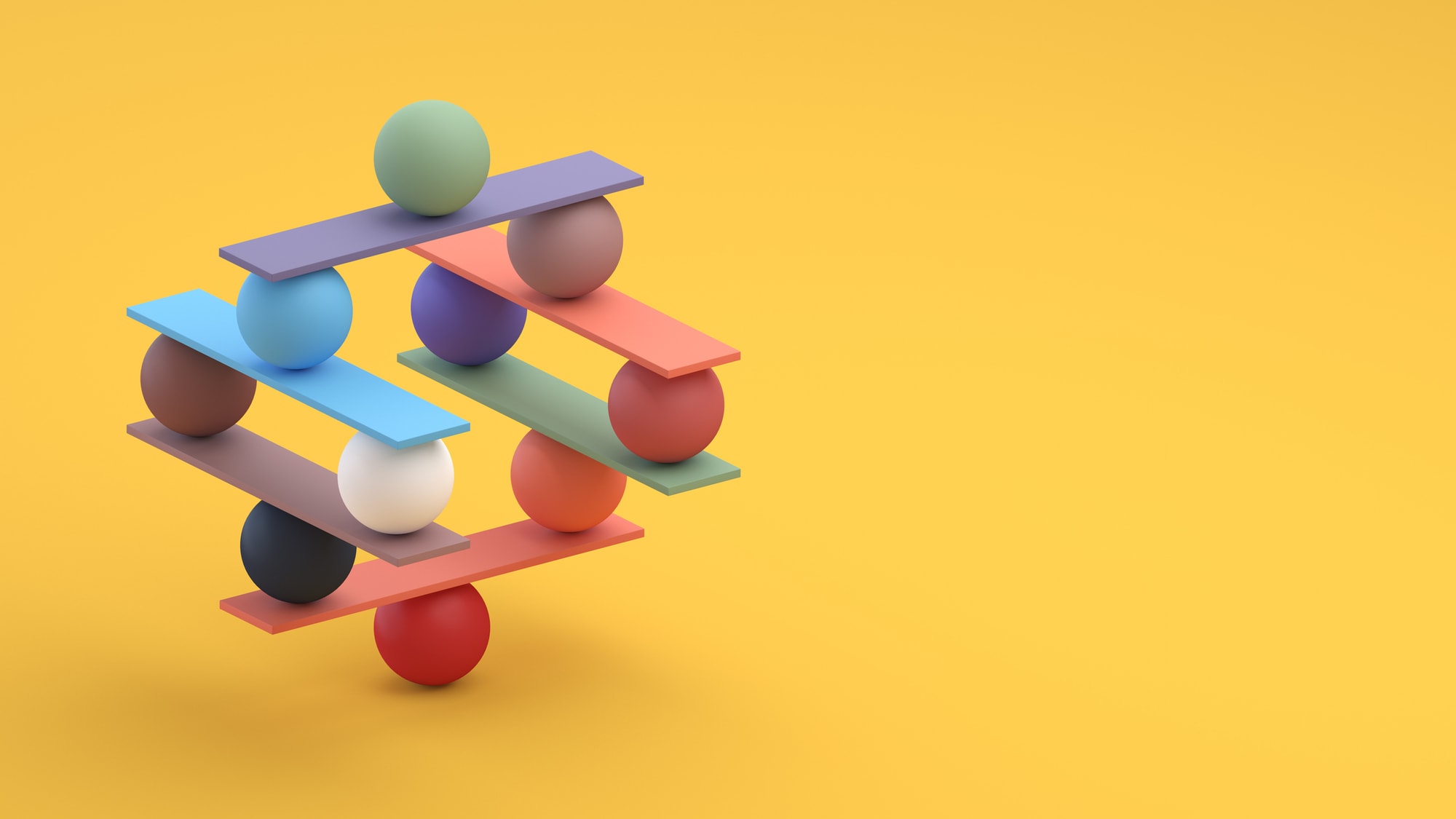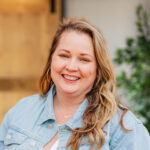
Despite User Experience getting its start almost 30 years ago, it has really hit its stride in the last decade. At no time in history has there been this many companies embarking on the journey towards truly understanding their users and improving their experiences.
This fundamental shift in how companies collectively approach the design of software has led to a huge demand for individuals with experience in product design and development. As companies build out these teams, many are left with a conundrum. How do we know who to hire? What are the gaps in our team? Do we need generalists? How about specialists? Does the mythical unicorn that can do it all really exist?
I’ll start off by giving you the hard truth… you can stop looking for the unicorn. Instead of trying to hunt down a mythical creature, you should spend your time looking for people with, as Liam Neeson would say, “a very particular set of skills.”
Every user experience team needs a variety of skills and traits that complement each other. Here are a few to lookout for:
Passion for the user
Passion is a word that is thrown around a lot these days. But when it comes to user experience, everyone on the team has to truly care about the user, or your efforts will flounder. Well crafted solutions take perseverance, a ton of detailed research, constant questioning, and advocacy for the user. This includes pages of documentation and visualizations that then inform the final design. This work can be challenging, and without a true passion for solving the problems of users, it is easy to stop digging when things get tough. User experience professionals who are passionate about the users will look beyond the aesthetics, to the work being done, to solve their challenges.
Things to look for: People that can talk at length about how they dive deep to understand user’s needs through methods such as interviews, job shadowing, and surveys.
All ears
We often conduct user and stakeholder interviews, and with a screen between us it’s easy to forget how vulnerable an interviewee can feel. This is especially true when they’re being recorded. A core function of a great user experience team is facilitating conversations that encourage participation and feedback. This involves adapting to different audiences and utilizing diverse tools, from sketches to Figma, that foster communication and collaboration. This creates trust across everyone involved, generating feedback that will lead to a more meaningful outcome.
Things to look for: People that can point to times where they leveraged interactive tools and collaborative exercises to elicit better interaction and collaboration.
MVP vs The Kitchen Sink
UX designers are problem solvers. The work they do goes beyond the screen and impacts people’s actual lives, their day to day activities, their work, their relationships, and much more. It can be easy to get carried away and try to solve every problem for everyone, which can sometimes lead to solving nothing at all. Exercises in pulling back, in cutting, in prioritization and scope management is just as important as the design itself. From a product development standpoint, this can make an output more realistic, meaningful, tangible, and accessible.
Things to look for: People who talk about building MVPs, breaking off manageable chunks of work, and about creating small wins. Progress over process!
A little bit country, a little bit rock ‘n roll
Sometimes we need to take things right to the edge, but most of the time we need a little balance. Good UX designers aren’t afraid of invention and experimentation, but also know when to reign it in. Creating something new just to create something new can be fun, but it is critical to know when to be more pragmatic. Remember, creativity comes from constraints.
In other words, sometimes there is an opportunity to tweak or reuse an interaction, UI component or concept from others. The technology we interact with on a daily basis can be considered an opportunity to adapt a design to meet the needs of the problem we’re solving. We’re always exploring new design ideas while still capitalizing on the great design work of others.
Things to look for: People who talk about leveraging existing patterns or systems to create consistent interfaces that are predictable and familiar to users.
Diversity in experience
It’s easy to think that someone with a ton of experience has more to bring to the table than a newbie. However both groups have much to offer. This pairing of experiences can be mutually beneficial and make the team stronger.
An experienced designer is usually lucky enough to interact with a diverse set of problems and solutions, and has likely dabbled in most, if not all, of the UX fields. You cannot put a price on their experience, and more importantly, on their willingness to mentor and foster a collaborative environment.
Often, experienced people tend to want to solve problems in similar ways to what they have done in the past. And don’t get me wrong, this really is the value of experience! But when you pair a beginner with an expert, the beginner can bring a completely new and fresh perspective that can cause a more experienced person to step back and look at something in a new light. Whether they have entered UX from a career change, bring their expertise from other industries, or straight from school, they can introduce the team to ideas that others wouldn’t have considered.
Things to look for: People who have come to UX from a less traditional route, or who are coming fresh out of school.
Diversity in expertise
There is so much diversity in UX today. Disparate areas of focus like user research, visual design, ui design, interaction design, animation, voice UI, information architecture, accessibility design, and content strategy create an environment in which it is unreasonable for a single person to know it all or execute at a high level on all fronts.
If you’re just getting started, or can’t afford an entire team, at least try to bring in outside expertise that can help fill the gaps where your team is lacking. As I said earlier, there really isn’t one person that can do it all. What’s more important than finding “the one” is a group of people with open minds and desire to learn from each other. With this openness comes a diversity in perspectives and problem solving, which will always lead to better experiences.
Things to look for: People who compliment each other. If one person is a wonderful UI designer, then look for someone who is focused more on user research. When you pair people like this together, the sum is always more than the parts.
In conclusion
Regardless of what your UX goals are, you need to find a group of people who care about the user, can encourage interaction, will get things done, know how to find small wins, can be pragmatic when needed, and come with a diverse set of experiences and expertises. If you spend the effort to build a team with the traits I’ve outlined here, it will pay off manifold in the experience your users get from your products.
Loved the article? Hated it? Didn’t even read it?
We’d love to hear from you.




